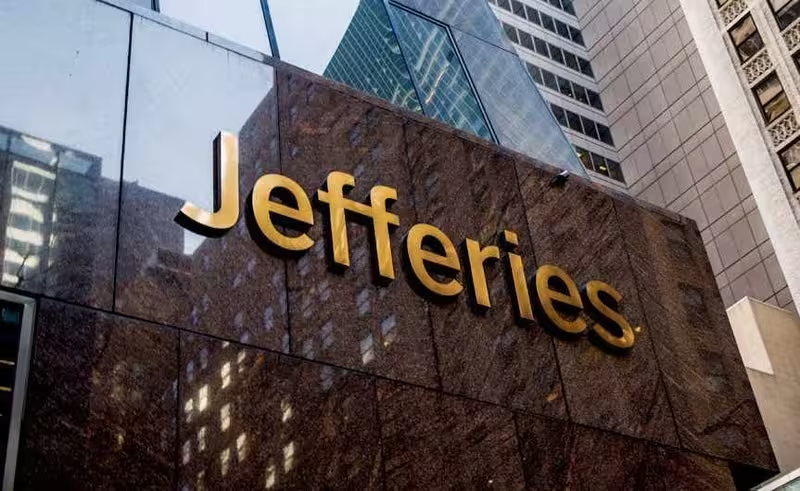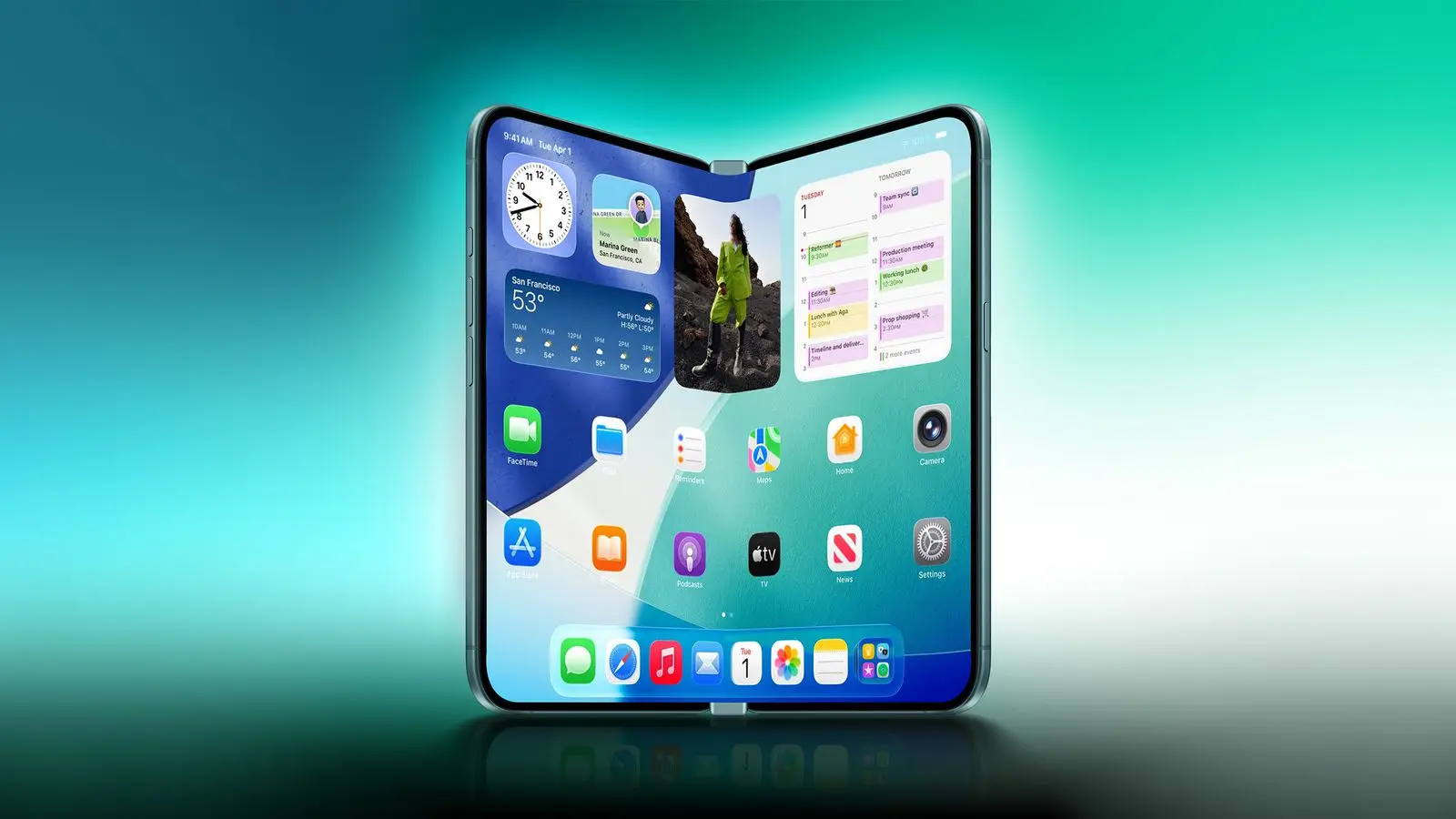4 Minutes
Apple’s first foldable iPhone is already generating excitement — and skepticism. Recent analyst moves suggest investors may be pricing in more rosy outcomes than the market can actually deliver, particularly if Apple follows Samsung with a near-$2,000 price tag.
Jefferies lowers its expectations — and Apple's rating
Brokerage firm Jefferies stunned the market by downgrading Apple from Hold to Underperform. The firm argues that Wall Street has become too enthusiastic about next year’s iPhone 18 lineup, especially the rumored iPhone 18 Fold. That optimism, Jefferies says, is already baked into Apple’s share price and could leave little room for upside if demand softens.
Apple shares dipped after the downgrade before recovering, but Jefferies warns the current valuation largely reflects an "overly bullish iPhone outlook." The firm also trimmed its price target slightly, signaling concern that more conservative long-term growth could be coming into view.
Why the iPhone 18 Fold could be a risky bet
At the heart of Jefferies’ caution is pricing. If Apple positions its first foldable at roughly $2,000 to match Samsung’s Galaxy Z Fold 7, that price ceiling could cap adoption. Jefferies believes $2,000 is near the limit for mainstream buyers when it comes to foldables — meaning a high sticker price may dramatically limit sales volume.
There’s also the question of innovation. Jefferies argues that, without genuinely standout features beyond premium form factor and incremental upgrades, Apple may struggle to justify both premium prices and a broad replacement cycle. The firm points to the new ultra-thin iPhone Air design, which hasn’t yet caught on as a sign that consumers won’t automatically embrace every new premium variant.

What the market already expects
Apple has pushed some traditionally Pro-only features, like the 120Hz ProMotion display, down to its base iPhone 17 models. Strong early sales of the iPhone 17 series helped fuel optimism and led some investors to assume the next cycle will be even stronger. Jefferies counters that those gains are likely already priced in and don’t guarantee continued margin expansion or runaway replacement cycles.
Mixed analyst views: some bullish, some cautious
Not everyone agrees with Jefferies. Earlier in the week Seaport Research Partners reiterated a Buy on Apple with a much higher $310 price target, arguing Apple is getting better at monetizing its ecosystem. FactSet data also shows a majority of tracked brokerages still favor Apple: dozens rate it a Buy while a handful — including Jefferies — are bearish.
That split leaves investors with a choice: lean into hype about a shiny new foldable iPhone, or take a step back and ask whether premium pricing and limited incremental innovation can sustain the company’s current valuation.
What investors should watch next
- Official pricing: a $2,000 entry would test consumer demand for foldables.
- Feature differentiation: will the iPhone 18 Fold offer clear advantages over existing iPhones and rivals?
- Replacement cycle signals: are upgrades driven by price cuts or real innovation?
- Near-term sales data: how much of iPhone 17’s strength is repeatable, and how much was a one-off surge?
Imagine the buzz when Apple unveils its first foldable: headlines, hands-on videos, and a fresh wave of speculation. But as Jefferies warns, hype can be a double-edged sword. If the device lands at a very high price with only marginal new features, investors who bought into the rumor may be the first to press sell when reality sets in.
Source: phonearena


Leave a Comment